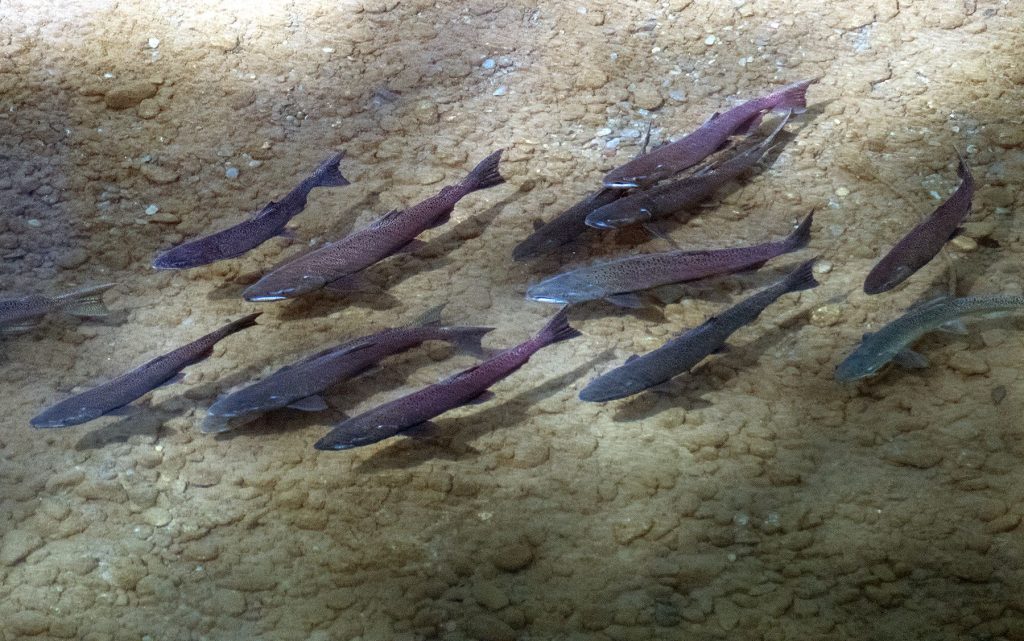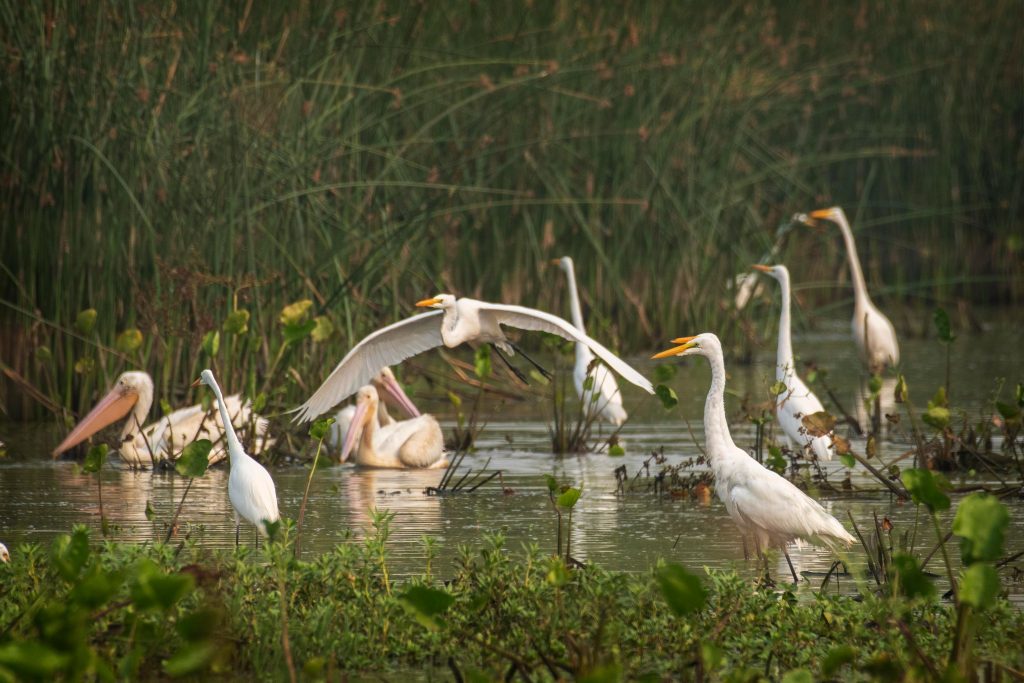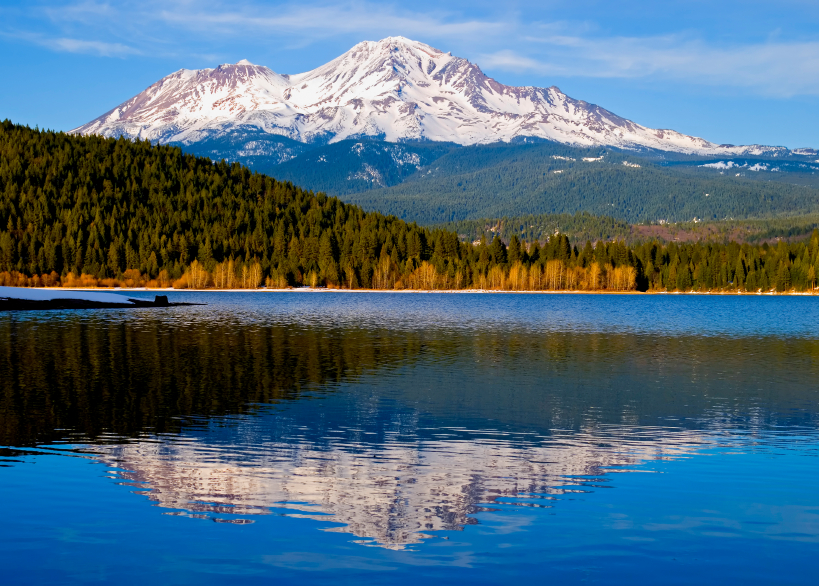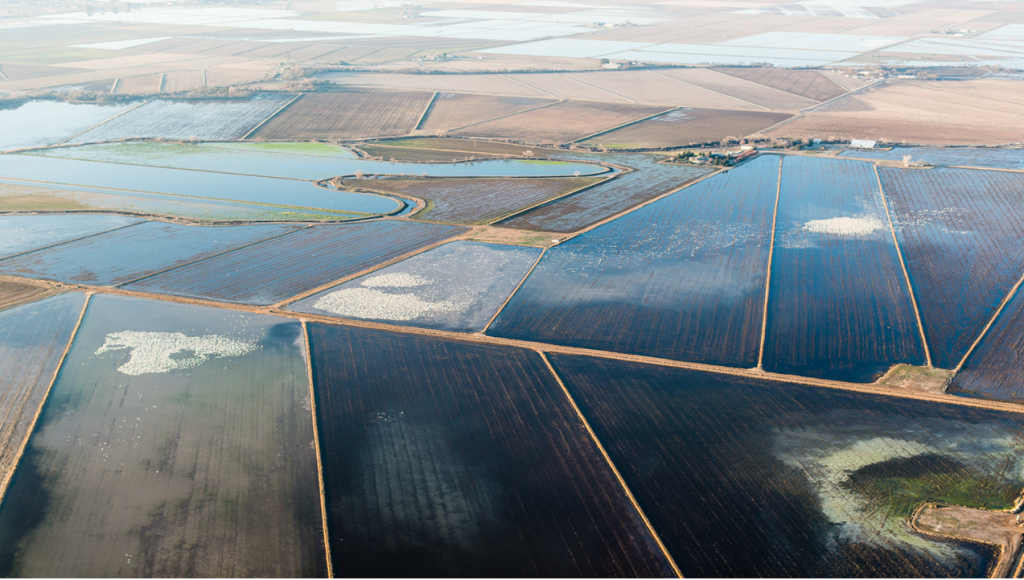
By Roger Cornwell, Chair, Sacramento River Settlement Contractors
As we have transitioned from summer to fall in the Sacramento Valley, we are finishing the agronomic season and there is now a focus on fall and winter operations on the Sacramento River. Water resources managers and fish and wildlife agencies continue to work together in the Sacramento River watershed to serve water for multiple benefits, including two salmon runs and the essential time for birds (and other species) migrating along the Pacific Flyway.
More specifically, the Bureau of Reclamation (Reclamation) is carrying out its Central Valley Project (CVP) operations in collaboration with fish and wildlife agencies through the Upper Sacramento Scheduling Team and the Sacramento River Temperature Task Group to most effectively manage water for all these important purposes. The Sacramento River Settlement Contractors (SRSC) are participating in these discussions to assist the necessary balancing efforts required to serve multiple benefits. Working with these groups, Reclamation is operating Lake Shasta and has developed a fall schedule for reservoir releases for the following benefits:

Release Schedule for Spawning Salmon in the Upper River
Water was released from Lake Shasta in September and will continue to be released in October to meet water temperature requirements for winter-run redds (eggs in gravel) still in the upper Sacramento River, while also ensuring water will be saved and available in October and November to manage and smooth flows when fall-run salmon come into the upper river and form their redds. Conditions for salmon have been improved and these releases are enhanced by the new spawning gravels and refugia created by farmers, conservationists, water management agencies and state and federal fishery agencies as shown in more detail in Aiding Salmon in the Upper Sacramento River. The release schedule is also being closely coordinated with the SRSC and the National Wildlife Refuge Managers, who have developed a coordinated diversion schedule that is timed to balance water releases for the current salmon runs and birds with the need to preserve water in Lake Shasta for next year. Reclamation also considers downstream needs in the Delta and balance with the rest of the CVP system in its release schedule. We are also encouraged that salmon may return to the Battle Creek watershed (below Lake Shasta) to help with their survival as shown by CalTrout in the current.

Fall Diversion Schedule for Birds and Pacific Flyway
Water for the three National Wildlife Refuges (Sacramento, Delevan and Colusa) will be delivered in September and October through the Glenn-Colusa Irrigation District (GCID) facilities. For rice decomposition–the essential food source for the Flyway–the SRSC are coordinating their diversion schedule with Reclamation and plan to divert part of this water in October, and defer the remainder to November to better align with the release schedule for the fishery. This will allow the SRSC to fully support the Flyway, help protect the salmon runs from dewatering, and preserve cold water in Shasta through the end of October for temperature requirements.

Carryover Storage in Lake Shasta
The carryover-storage in Lake Shasta was 2.20 million acre-feet at the end of the water year (September 30th), which is about 118,000 acre-feet more storage than projected by the Reclamation in its Temperature Management Plan (July Addendum) submitted to the State Water Board. The carryover storage will help prepare for the next water year, including cold water management.

Floodplain Reactivation in the Lower River
Starting in late October and November, water will be diverted in the lower part of the Sacramento River to reactivate the historic floodplain, including water for nearly 7,000 acres as part of the ongoing Fish Food on Floodplain Farm Fields.
In summary, water resources managers and fish and wildlife agencies continue to work through the difficult balance between various species of fish, waterfowl, shorebirds, and human needs. We appreciate all the hard work and the teamwork that is necessary to serve water for all these multiple benefits. For additional ideas or questions, please contact me at rcornwell@rivergardenfarms.com.



